The world of a comic strip ought to be a special place with its own logic and life… I don’t want the issue of Hobbes’s reality settled by a doll manufacturer, said Bill Watterson. Long before manga and anime took over the world, people have been telling stories through printed images. Ipshita delves into the nostalgic world of comic books in the first of a new series #litOF
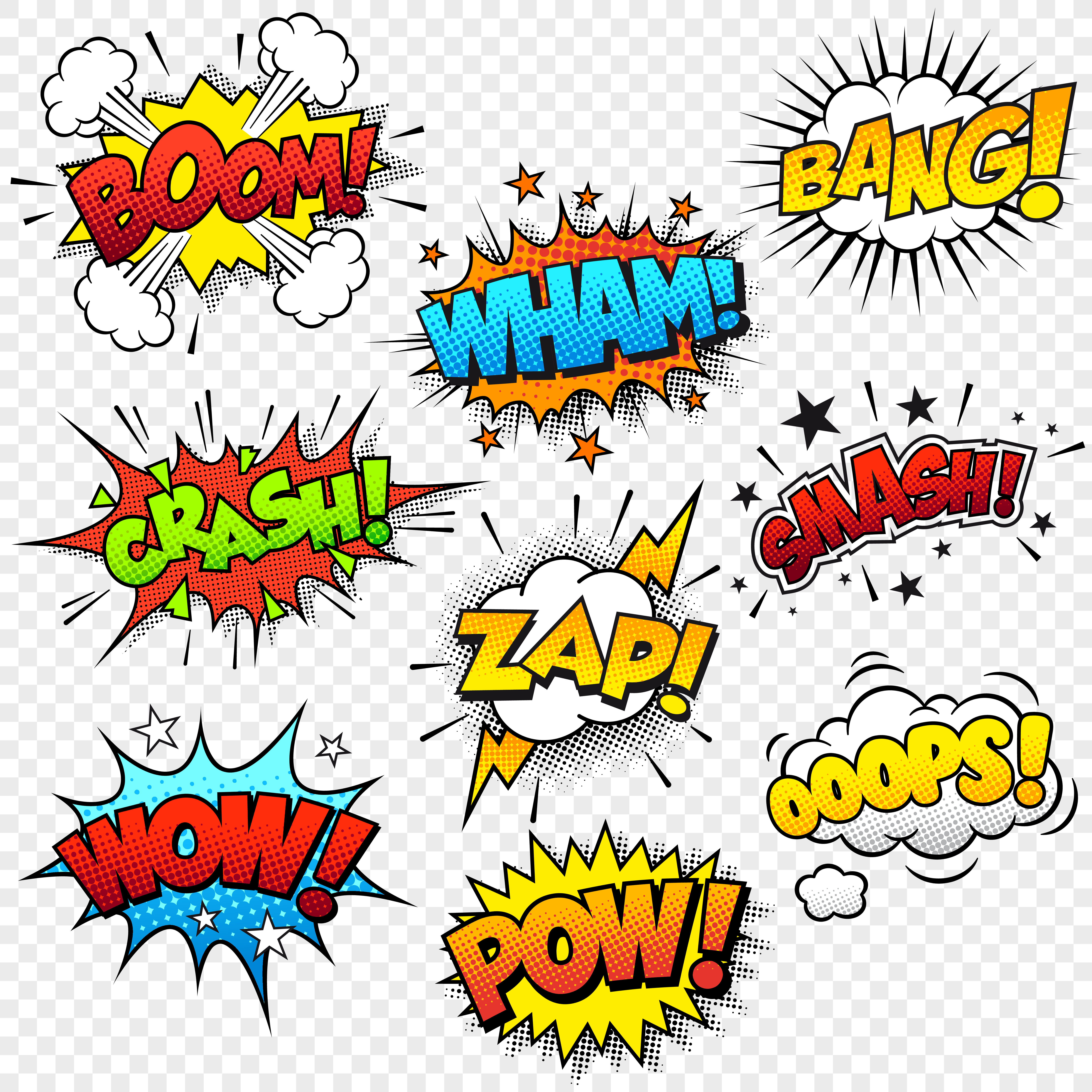
Growing up in India, we were surrounded by comic books. From Amar Chitra Katha that told glorified stories from our mythologies to Chandamama and Champak that were glorified activity books with a few stories thrown in. We also have Indian superheroes like Chacha Chaudhry who had a “mind faster than a computer” and Nagraj who seemed to have the most traumatic childhood!
At this time, we kids couldn’t get enough of these characters and artwork. Amar Chitra Katha in particular had glorious art by Indian artists who really brought mythology alive for us young’uns.
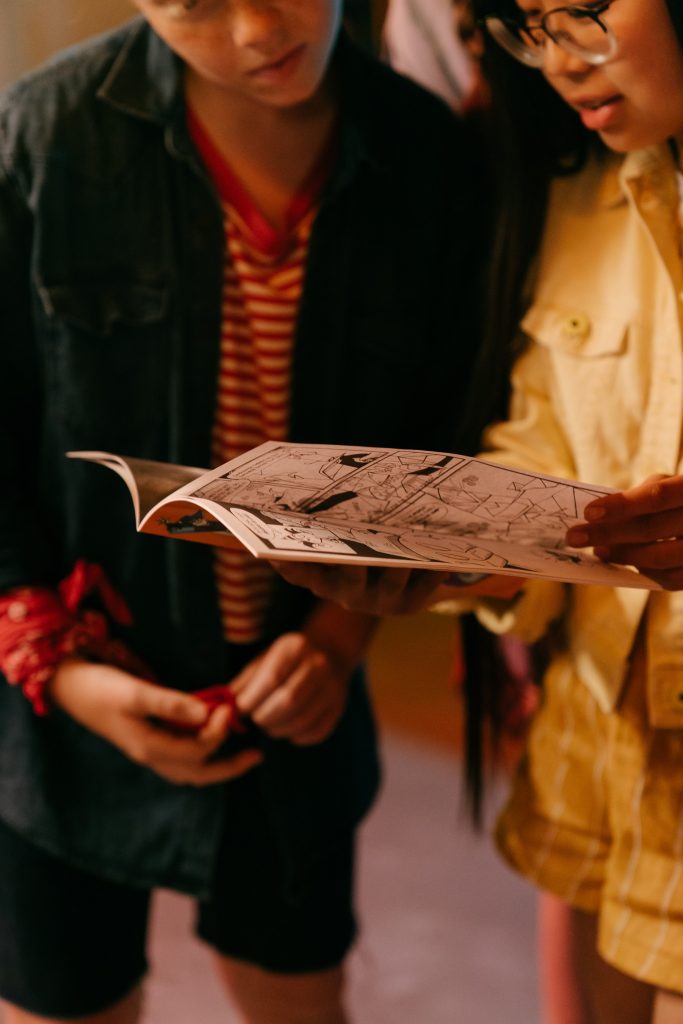
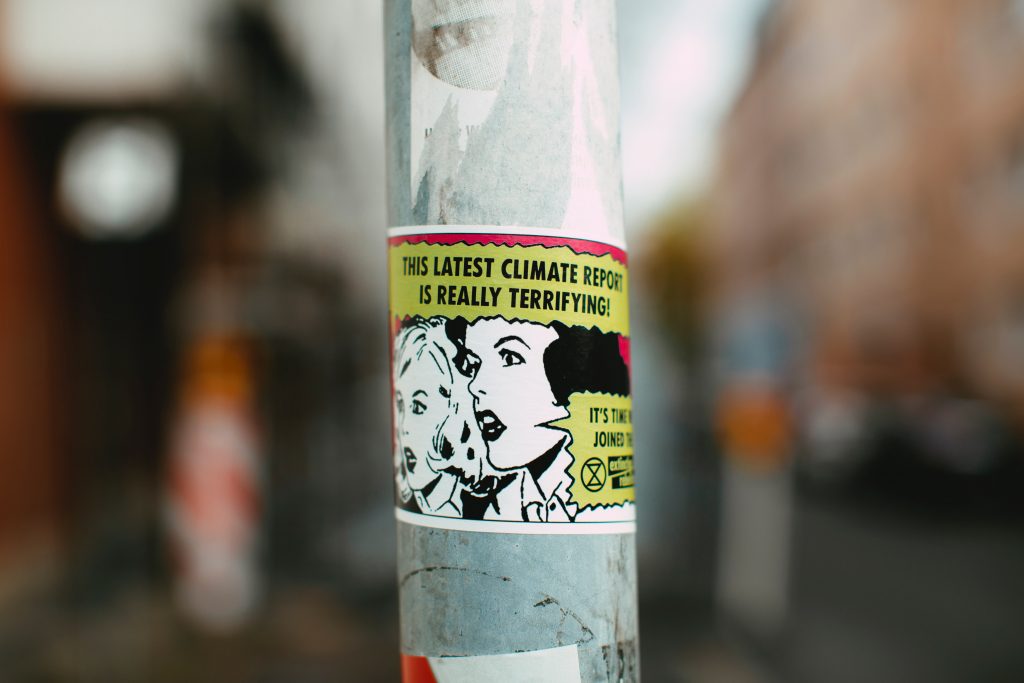
Then we got Indrajal comics signing deals with major comic companies and the main newspapers bought rights to run international comic strips. This introduced us to Richie Rich, Flash Gordon, Mandrake the Magician, Modesty Blaise and Phantom, while newspapers ran Blondie, Dennis the Menace and Calvin & Hobbes. This was also the time of Archies comics entering Indian households.
We were suddenly surrounded by ads that were catering to American children and we had a glimpse into a completely different world. There were pet seamonkeys, hostess twinkie cakes and oreo stacking competitions and Halloween costumes; things that seemed like they were from another planet. We all fell in love with either the super rich Richie Rich with a butler and robot maid or the glamorous Mandrake with his sexy right hand man, Lothar or the enigmatic Phantom – the ghost who walks.
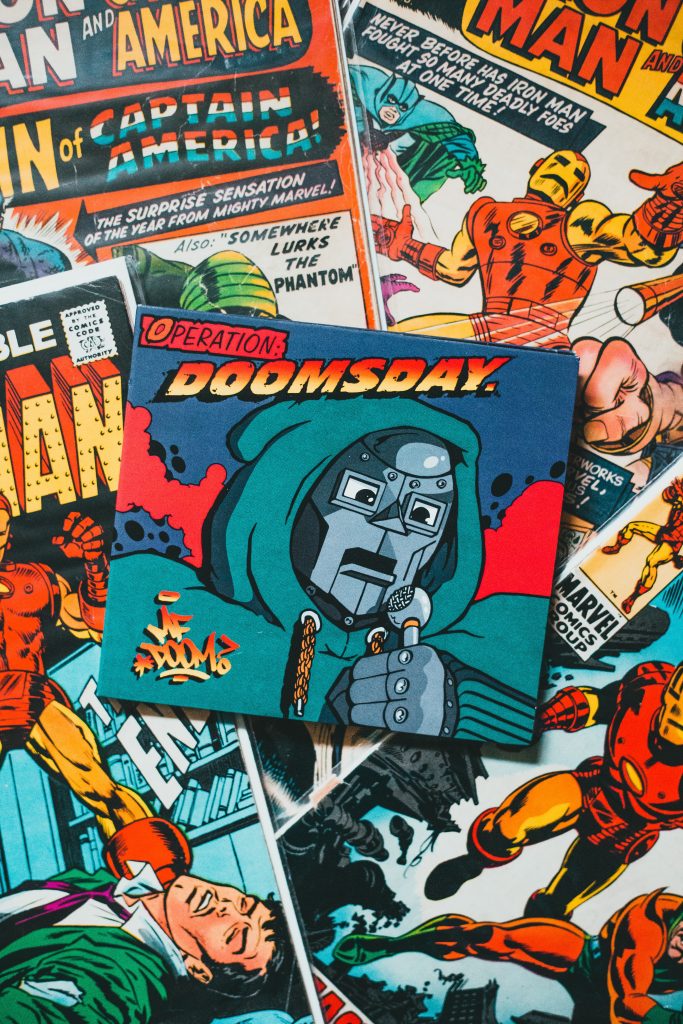
The biggest local success however was Tinkle, a monthly comic that featured characters that got a cult following, science activities so the parents were happy, and were easily accessible all over India. Characters like Shikari Shambu, Akbar and Birbal, Suppandi, Kaalia are now a part of the country’s literary landscape.
Seeing the huge market for these magazines, book publishers then woke up and started selling digests and compendiums of these characters and more. That’s when India fell in love with Tintin and Asterix. These characters were a bit more complex and had to be invested in. People boasted about owning the sets and showed off their collections.
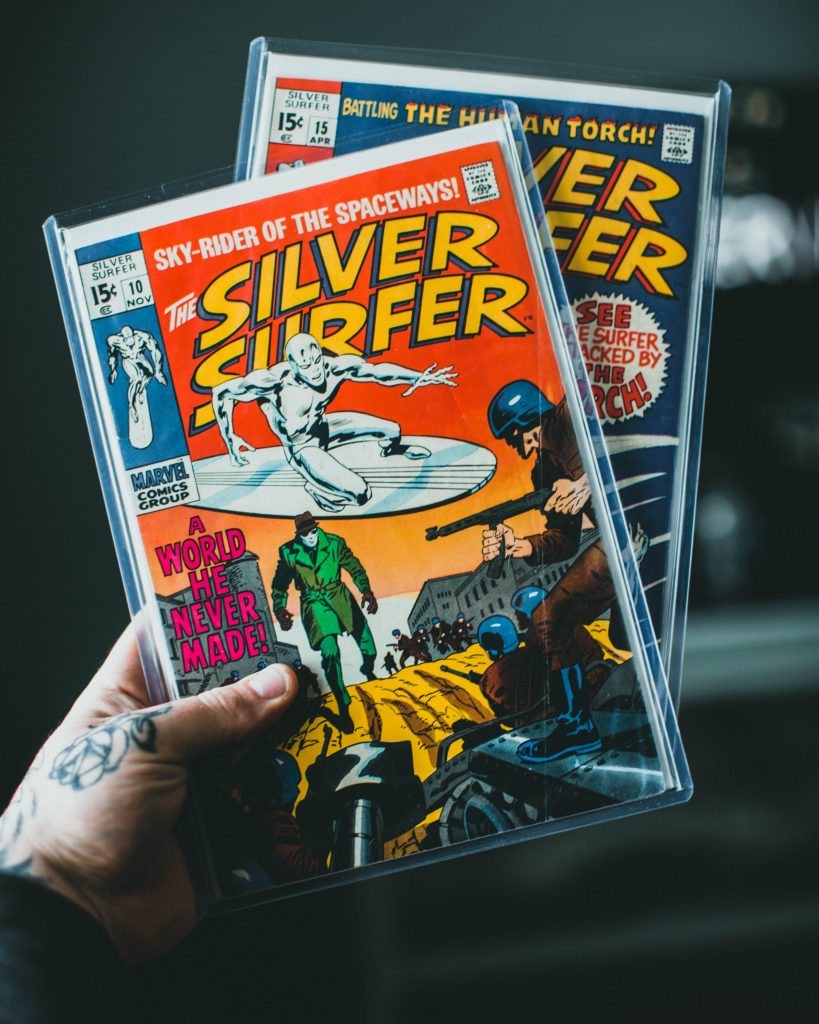
The newspaper comics were going through their own reinvention with Calvin and Hobbes and others getting bigger space with full colours. Blondie, Family Circus, Beetle Bailey, Hagar the Horrible were all running daily strips that Indian families looked forward to what would happen next in these storylines. Calvin was a particular favourite and there are many Indian households today with a Bill Watterson shrine in their libraries.
Today however the move is towards single comic boxes with no continuity caters to lesser attention spans. So there is a sense of loss of the good old times. Thankfully however the art of the comic remains. We will look at it at a more international level in the next part of this series.
Good: Growing up with Indian comics gave us a deep background of great literature.
Bad: A lot of it is lost forever
Trendy: A lot of vintage comics are making a comeback!
